[ad_1]
In 1998, the MTV actuality collection, “True Life,” aired an episode on Freaknik, the wildly fashionable Atlanta competition launched within the ’80s, the place Black school college students may have group with stay leisure that devolved into chaos and cases of sexual violence by the late ’90s. It follows a number of southern school college students as they put together for the annual occasion.
Some are fraternity brothers dismissing their step routines for a contest at Freaknik. Others are packing their winnebago for a enjoyable street journey to the Black occasion of the 12 months, together with cameras and camcorders in case they spot a gorgeous lady on the road. A self-proclaimed “classy hoochie” is making a purchasing run to search out just a few attractive garments to carry.
The episode stands out as a confluence of exercise, conversations and personalities that later gravitates to the subject of sexual politics on the occasion. This is identical period when Lil Kim proudly rapped about leaving cum stains; Zane’s erotic novel, “Addicted,” steamed up bestseller lists; and “The Player’s Club” introduced moviegoers behind the doorways of a striptease bar.
As well as, artists like rapper Cunning Brown and director Cheryl Dunye’s “The Watermelon Woman” equally engaged with a number of the most radical dialogues round Black sexuality — feminine company and queer want being amongst them — in new and thrilling methods.
So, the segue in “True Life” was pure. By this level, Freaknik had change into an area the place public shows of Black sexuality and sexual freedom had additionally change into mainstreamed and politicized. It was the place the “playa hater,” the step king or queen, and the “classy hoochie” may chill, have enjoyable and intellectualize. And it was the identical place the place attendees might be seen grinding on one another on the street, flashing their physique components and “doing all kinds of freaky stuff,” as a younger man named Jemik places it on “True Life.”
“This is heaven, son!” says his good friend, Gator.

David Tulis/Atlanta Journal-Structure/AP
It appeared that manner. However as activated as many have been across the concept of Black sexual expression amid a extra eroticized popular culture, the top of that episode crystallizes how few have been taken with partaking with its precise messages.
“Women down here dress like hoes with the short skirts and all that,” says one lady. “They don’t have any respect for themselves. They want that negative attention. I’m sorry — you’ve got a mind, you’ve got a brain, you’re intelligent. You don’t need to act and dress that way.”
Gwen, the “classy hoochie” seated close by, is fast to defend herself: “I had on less clothes. But that didn’t mean I was less intelligent. That didn’t mean I was asking you to grab my ass.”
Then a person in an Iota Phi Theta sweatshirt brings this debate to a close to finish. “If you were dressed inappropriately, I don’t care how much intelligence you got,” he says. “I don’t see intelligence. I see your naked flesh. Now, I would not grab your body. But there are people that will. So, you should dress appropriately.”
An announcement like that displays rape tradition and undercuts the very notion of freedom of sexual expression. As does this one from the identical particular person: “If you walk around naked and you get grabbed, don’t come crying at the end and saying, ′Oh, I didn’t know I was going to get raped’ or ′I didn’t know I was going to get fondled.’”
This episode of “True Life,” now immortalized on-line, could garner extra audiences following Hulu’s new “Freaknik” documentary, which takes a lean — 82 minutes, to be actual — and largely celebratory strategy to its story of the competition, even with the benefit of 20/20 hindsight. “Freaknik: The Wildest Party Never Told” streams Thursday on Hulu.
Interviews with students and artists like Jermaine Dupri, an government producer of the movie, and a pair of Stay Crew’s Uncle Luke assist impress a picture of Freaknik as an area for Black “liberation,” the place of us may twerk within the southern warmth to hits like Duice’s “Dazzey Duks.” A picture that shouldn’t be sullied by the acts of sexual violence examined to a lesser diploma within the movie.
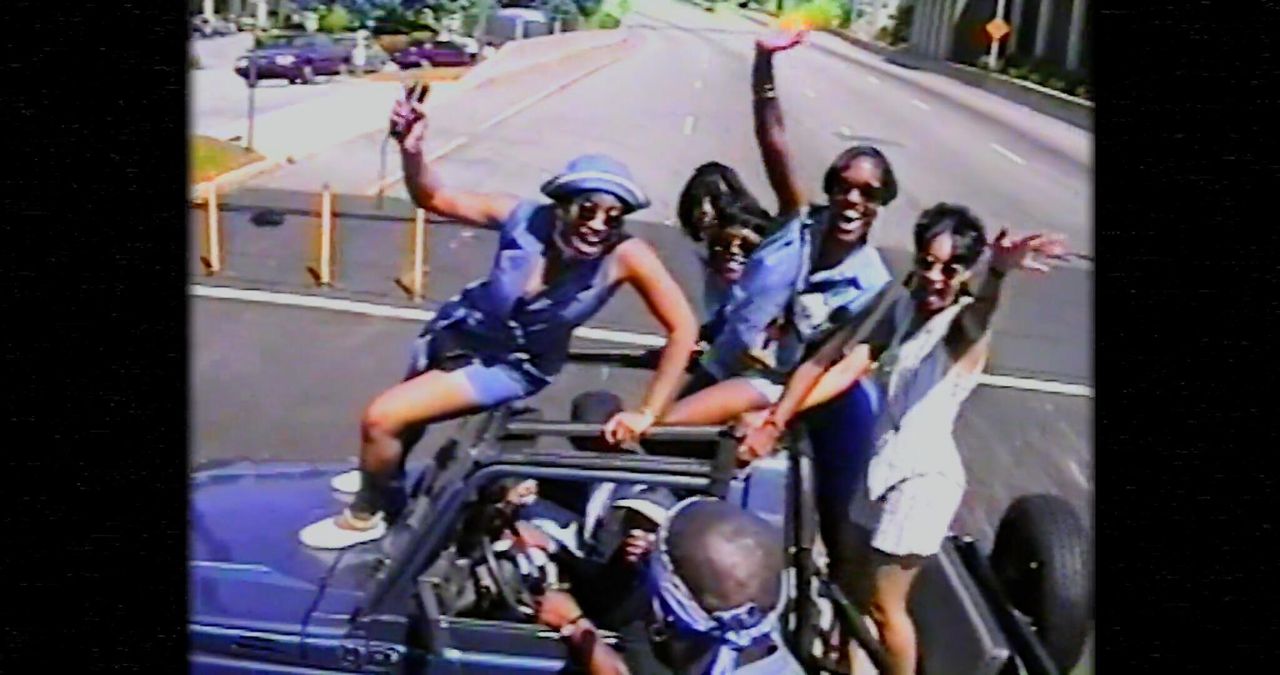
That appears a bit disingenuous with the fact captured on that “True Life” episode in thoughts, which aired the identical 12 months that 4 rapes and 6 sexual assaults have been reported at Freaknik.
However “Freaknik” provokes an attention-grabbing query: Can we mirror on this popular culture period of Black sexual freedom, significantly for girls, with out additionally delving into its violent interruptions — together with the rape tradition lurking simply beneath the floor of it?
“I think if you’re ignorant, you totally can because you wouldn’t know,” Adeerya Johnson, a self-proclaimed “Dirty South Feminist” and a Ph.D. candidate on the Institute for Gender, Race, Sexuality and Social Justice, advised me.
“When I was young, I liked Lil Kim,” she continued. “I vibed with Foxy Brown. I danced to Uncle Luke and the 2 Live Crew. Any song that told me to shake my ass, I was down for it. When I was young and ignorant, I was down for it, ’cause I just thought it was fun.”
Johnson additionally thought concerning the TV exhibits and films she watched all through the ’90s the place intercourse or sexual expression was a part of the plot.
“I don’t think I internalized it as anything more than what I saw on TV,” she mentioned. “But that’s me as a child. I think you can have conversations about what sex looks like for Black folks and what that rise meant in regards to liberation.”
That’s the place the dialog usually will get muddled or oversimplified, significantly via a nostalgic lens as within the case of “Freaknik.” Black feminine customers have been certainly vibing with the more and more fashionable pictures of erotica and sexuality on the radio, the display and on the bookstore in a manner that the largely conventional South, particularly, hadn’t seen earlier than.
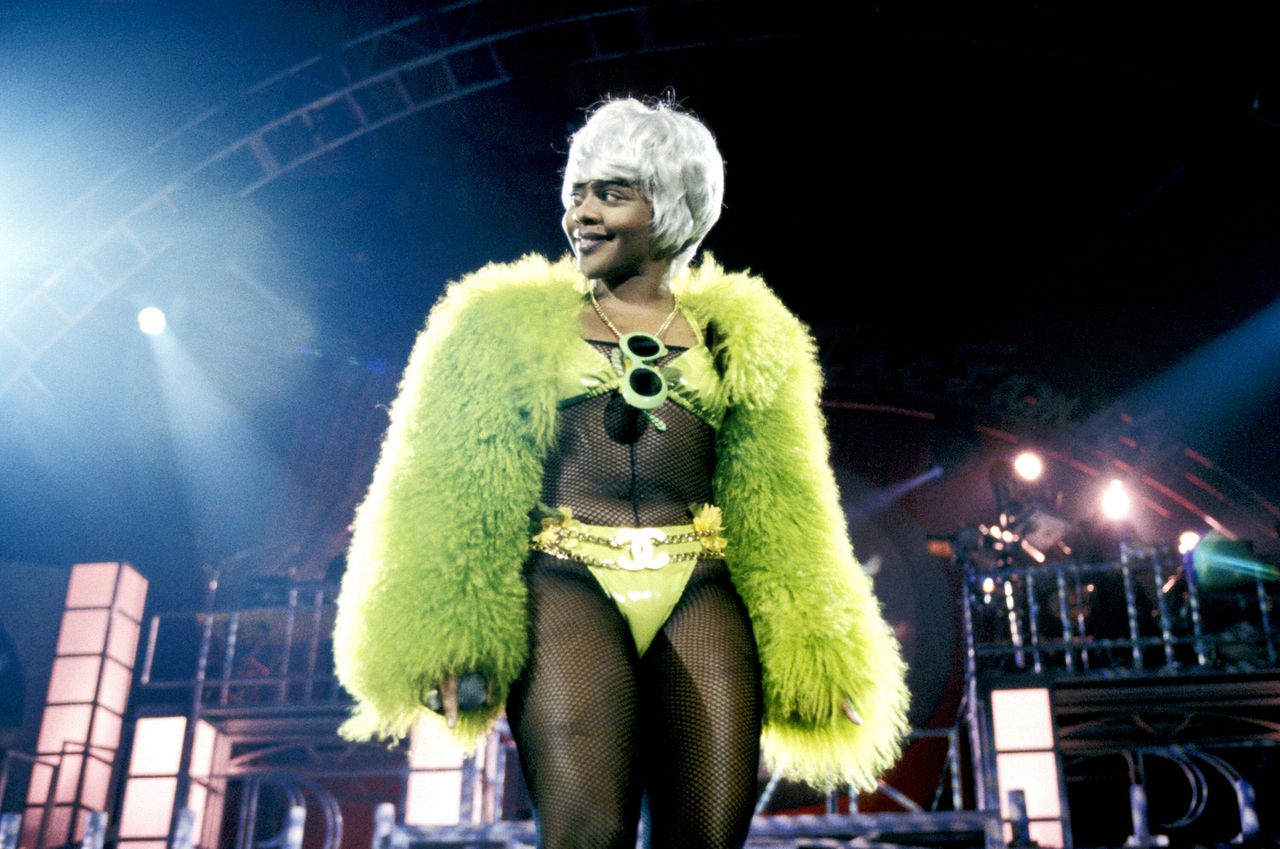
It was a sexual consciousness harking back to feminine artists from prior generations — together with blues singers like Bessie Smith within the ’30s — that offered a “new awakened understanding of self,” as Johnson described it. However within the ’90s, it was taking place in a wave.
R&B feminine artists like TLC, En Vogue and SWV additionally helped to push ahead the dialog round Black feminine sexual company, and what it means to be sexual and protected on the heels of the ’80s decade stuffed with misinformation about AIDS and STDs. And music movies from artists like Hoes With Attitudes catapulted a sexualized hip-hop into a completely new path.
Whereas these artists may need made their very own private statements of sexual autonomy, it’s tough to find out how customers absorbed it. “I do wonder what are people perceiving and how are they taking that in if they’re not solely the creators of it,” Johnson added. It most likely will depend on who you ask.
This was when the South, Johnson defined, skilled an increase of Black sexual expression and hip-hop stars like Kilo Ali and a pair of Stay Crew with the popularization of video vixens and feminine strip golf equipment the place Black ladies have been additionally constructing their very own sexual economies.
It offered a conflict of motivation as ladies have been excited to take up extra area in a extra eroticized popular culture whereas a few of their male counterparts held on to previous values of sexism that have been evident in a few of their lyrics.
“The type of music that is very explicitly telling you, I’m feening to, like, nut on you,” Johnson mentioned. “I’m feeling to take this. A lot of these songs are so explicit of how you’re supposed to dance and how you’re supposed to perform.”
The messages can battle with ladies’s enjoyment. “Men are deeply entrenched with misogynoir,” Johnson continued, “and so they feel that ownership of your body, even if you are dancing as a form of personal entertainment or personal satisfaction.”
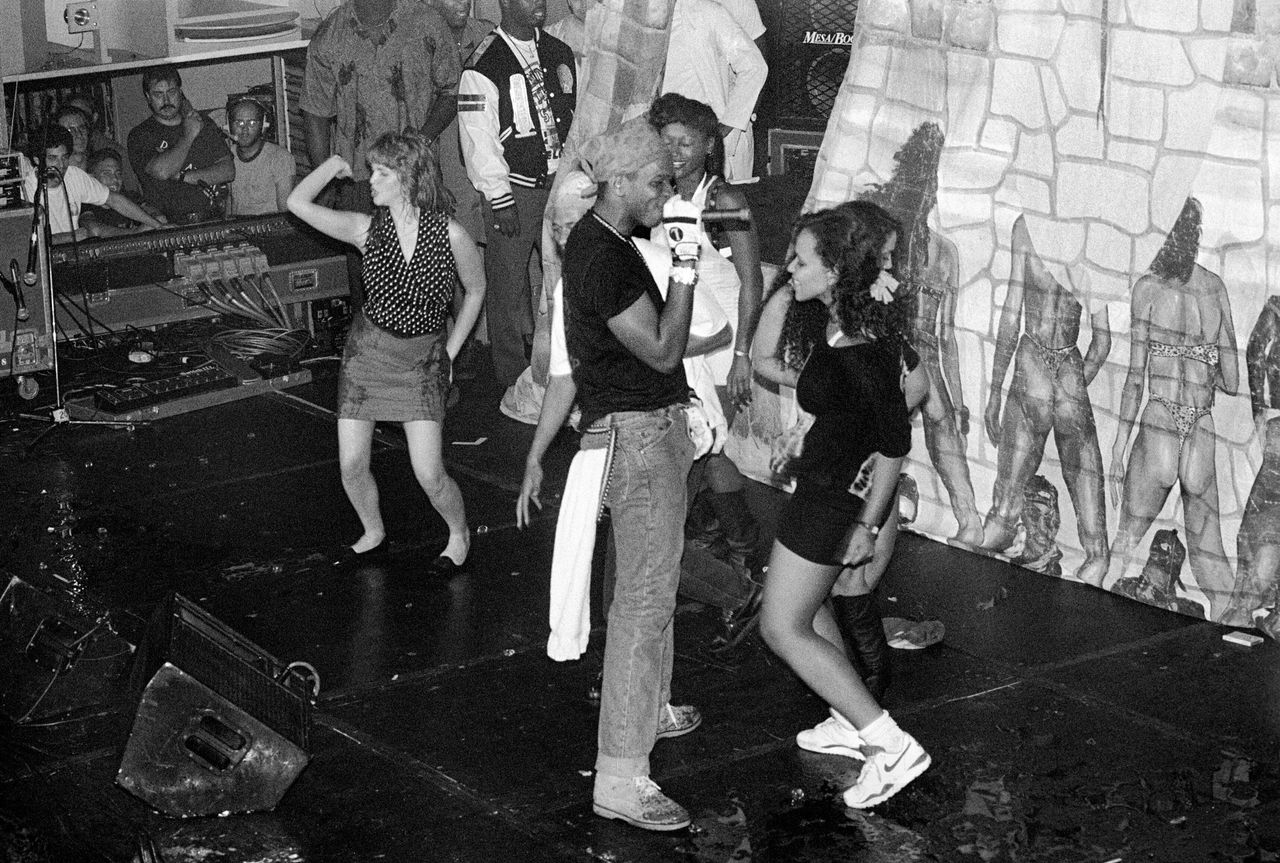
Ebet Roberts by way of Getty Photos
That’s what we noticed at Freaknik and in that “True Life” episode. Extra younger Black ladies have been starting to say their sexual company in a public area in ways in which have been enjoyable. However they’d too usually flail inside a patriarchal system.
“Women know you have autonomy over your body,” Johnson mentioned. “But also there is that confusion with misogyny that doesn’t allow Black women’s expression of sexuality to be a safe space in public. And that is where the challenge comes in.”
And that complicates the picture of Black feminine sexual freedom that we did see from profitable artists like Missy Elliott and Salt N’ Pepa within the ’90s. It wasn’t only a few Black ladies breaking via the deep-seated Black male-driven sexualized artwork area. There have been many, and throughout all types of leisure and tradition.
Zalika U. Ibaorimi, a former intercourse employee, and assistant professor of gender and ladies’s research on the College of Illinois, Urbana-Champaign, runs off a number of examples of her personal throughout my video name together with her: Jessica Holter’s “The Punany Poets” on HBO. Director Sidra Smith’s queer quick movie, “A Luv Tale.” Singers Janet Jackson and Meshell Ndegeocello. Ursula’s (Samantha MacLachan) attractive serenade for Cleo (Queen Latifah) in “Set It Off.”
“So many Black women artists and Black queer artists have captured Black form in very erotic and beautiful ways,” Ibaorimi mentioned. “And even sometimes, I will argue, in uncomfortable ways. I think that the erotic is also about confronting discomfort.”
That’s true. And few issues have been — and nonetheless are — extra uncomfortable for a lot of audiences, significantly these tethered to conventional and church values indicative to a lot of the Black expertise, than a Black lady and/or queer artist with company of any variety, a lot much less sexual.
“There was always the ‘church hussy,’” Ibaorimi, whose father can also be a pastor, mentioned. “Somebody that was just doing a little too much. ‘Why is her skirt too little?’ or ‘Why is that dress so formally fitted? You’re being a distraction.’ And then of course, we would call that purity culture. It’s the issue of purity.”
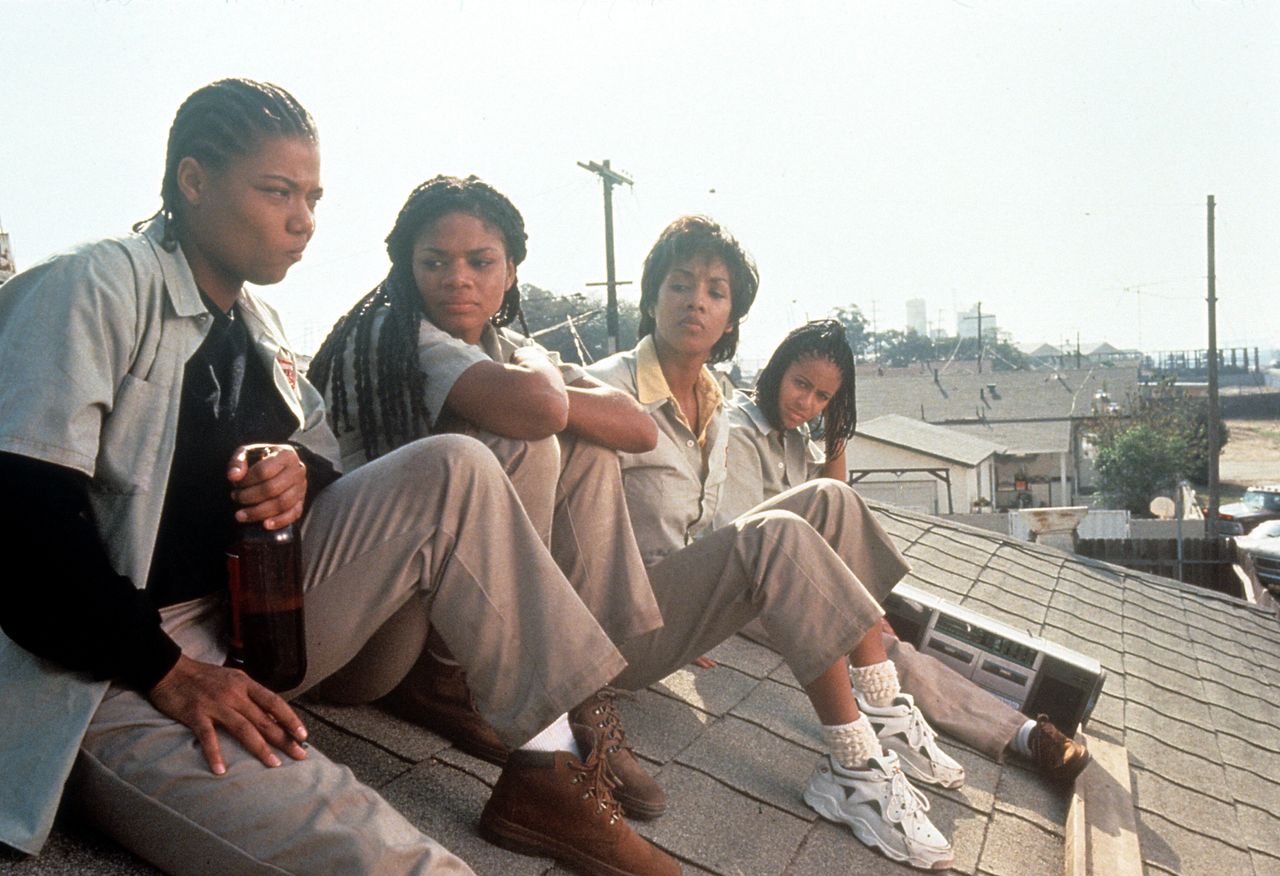
Archive Images by way of Getty Photos
It solely meant that every feminine sexual provocateur that rebelled from that ideology helped form how audiences understood and skilled Black feminine sexual company. However many artists nonetheless needed to cope with dialogues round their actualization of sexual autonomy in a society rife with violent repercussions and exploitation that advantages the straight male gaze.
Social critic bell hooks spent a lot of her 1997 Paste interview with Lil Kim questioning her about it. Kara Walker’s artwork was virtually boycotted partially for its sexual imagery throughout the context of slavery. Even when artists claimed autonomy over their our bodies or their proper to precise provocative concepts, considerations have been raised — together with by some feminists on the time.
“Everything comes back down to agency,” Ibaorimi mentioned. “I think anytime Black women are demonstrating themselves in that way, there always has to be some sort of, ′Is this really what you wanna do? Is somebody telling you to do this?′ That dynamic.”
As a result of the potential of sexual company was nonetheless such a radical notion. However that focus of the Black feminine physique or sexuality as injurious may usually take away from the notion of delight, which the dialog too usually lacked all through this period.
“Lil Kim and other rappers or artists — even Black femme pornographers or people who were laboring in those industries — were very aware that they were not gonna be everyone’s cup of tea,” Ibaorimi mentioned. “But there was always a demand for someone who wanted to be titillated.”
She understands why the conversations have been so fraught, although, even in Black feminist areas which can be anticipated to be forward-thinking. However they’re nonetheless rooted in realities from which we hadn’t, even by the ’90s, moved that distant.
“I don’t think that we can or should be able to divorce ourselves from many of these logics,” Ibaorimi mentioned. “I think it’s too much a part of us. So, I think that satire and a roundabout way had to become a really big device for us so that we’d learn how to live with those things.”
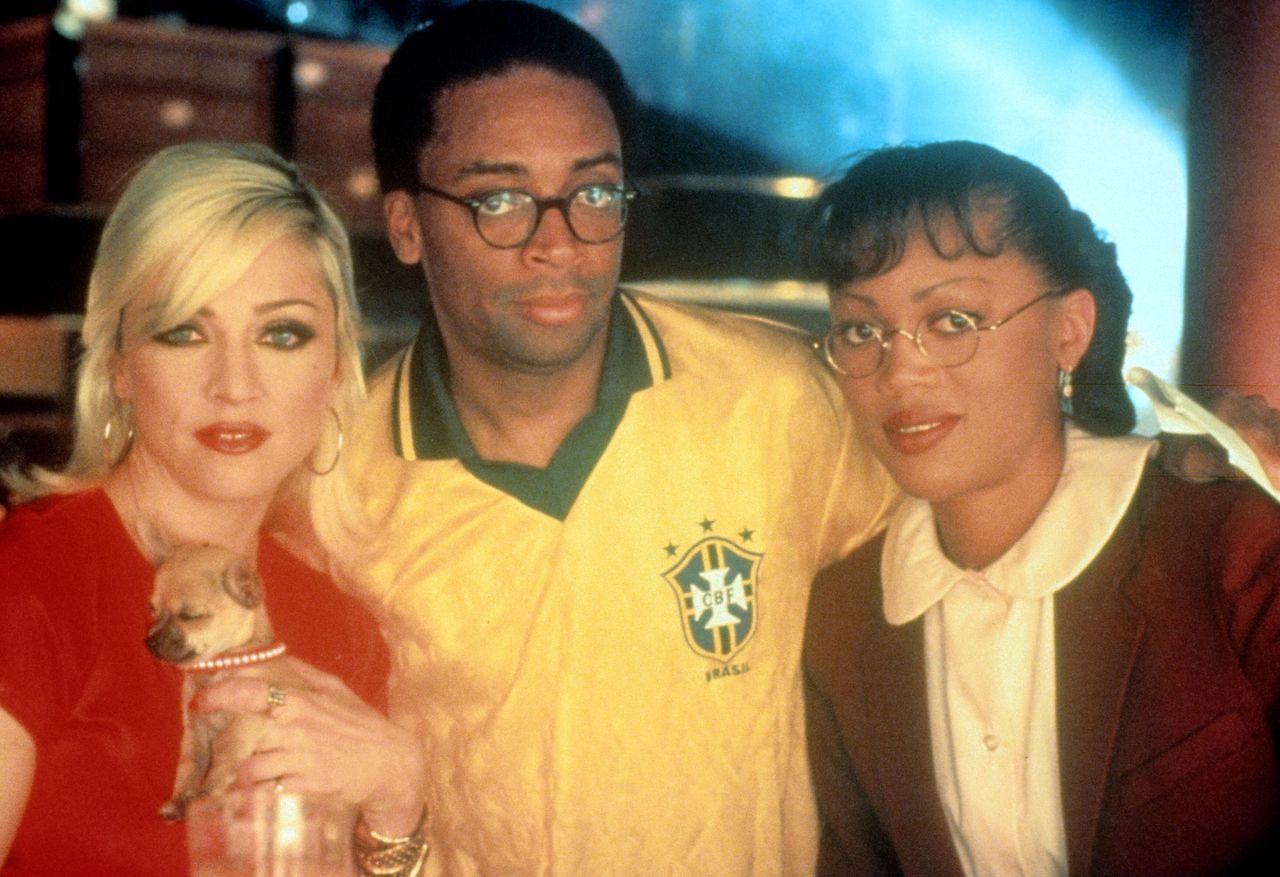
Photograph by Fox Searchlight/Getty Photos
A few of that got here from actually difficult the depictions of Black feminine sexuality popping up on the time, and in a manner that doesn’t disappear pictures of the erotic however questions their messages. As a result of within the absence of being part of scholarly dialogue, popular culture turned the default studying instrument.
So, what does that imply for an instance like “Girl 6,” director Spike Lee’s 1996 dramedy who, as its synopsis reads, “resorts” to working as a telephone intercourse operator to make ends meet. The plot presents intercourse work as a determined choice — and never a viable job. On prime of that, its protagonist’s (Theresa Randle) life solely improves as soon as she quits.
“Because, of course, why else would a Black woman want to be a sex operator?” Ibaorimi mentioned. “It’s cute, and it’s fun to see somebody like Madonna or Naomi Campbell pop up, but when Madonna does it it’s cool and it’s sexy.”
Ibaorimi provides that Campbell’s position may have additionally been thought-about cool by “virtue of her model status” that audiences may be capable of learn into it. “But for everyone else,” she mentioned, “it was kind of like there has to be some element of exploitation that would get you to this point.”
Author-director Ice Dice’s “The Players Club” didn’t encourage far more progressive thought. As attractive as it’s, and the way good it was to see Black erotic dancers depicted on display within the ’90s, it additionally bolstered expectations of abuse and violence in sexual labor and expression.
At one level within the movie, Diamond (LisaRaye McCoy), a stripper, is assaulted, and her cousin (Monica Calhoun) is later raped. It reinforces a social norm that violence and expectations of intercourse are pure byproducts of being sexual in public, even when it’s your job.
“It’s the idea [that] all these terrible things that are happening to them because [they] chose to be a dancer,” Johnson mentioned. “So, bad things are going to happen to you until you quit. It’s like, ‘How does media follow along into those narratives of what being sexual means?’”
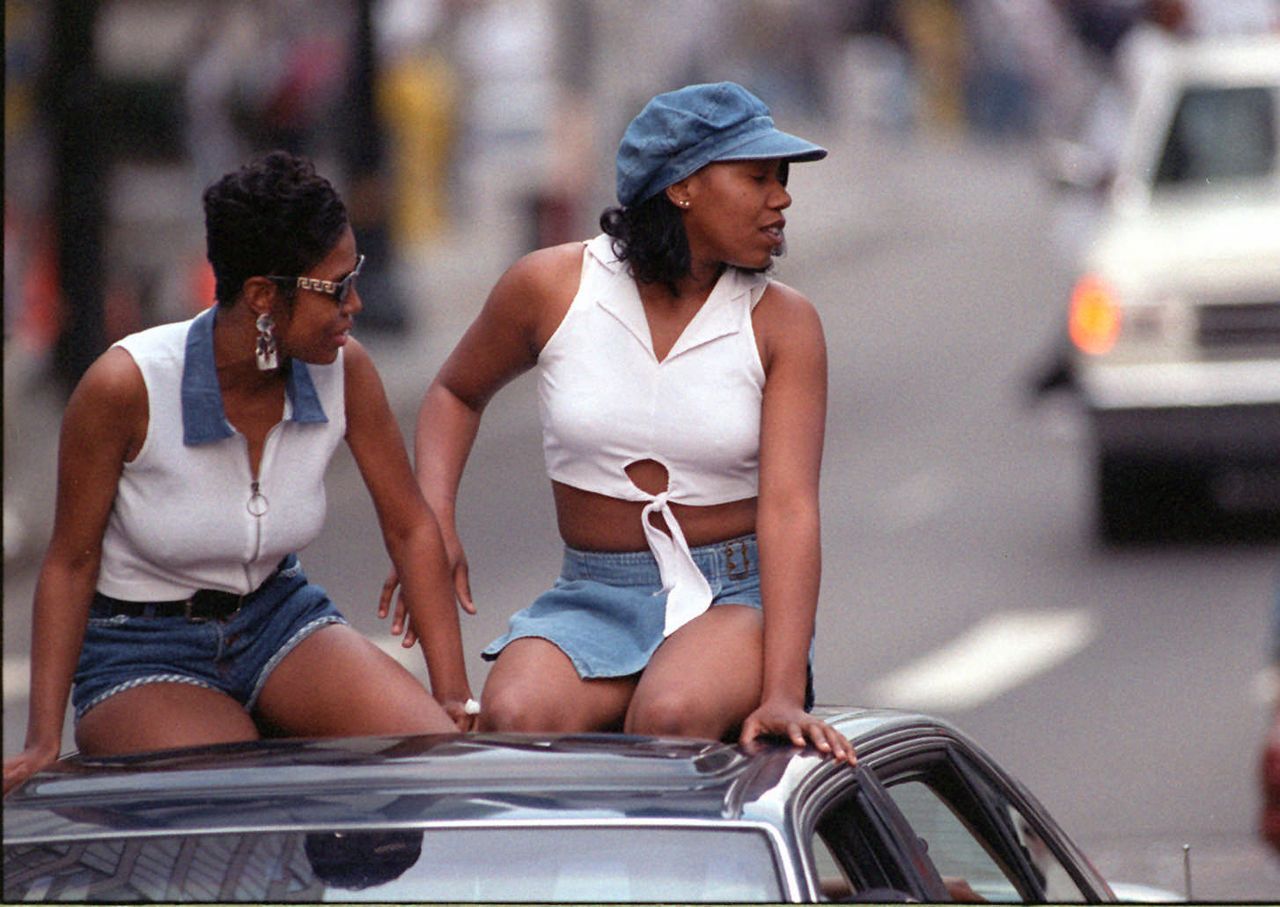
David Tulis/Atlanta Journal-Structure/AP
Fairly than confronting these ingrained ideologies upheld by the tradition, together with a male-dominated and misogynistic Hollywood and music trade, it mirrored them.
Whereas it’s not cinema’s or any artwork’s job to reply the query of how Black feminine sexual freedom can thrive in a misogynistic state, it’s exhausting to not marvel how and why sure storytellers refused to problem problematic views.
And what precisely have been males taking away from this new inflow of sexual imagery, significantly these rooted in a misogynistic mindset that was mirrored in a number of the scenes at Freaknik, the place Black ladies’s sexual company may generally be up for debate?
“That’s something that I would love to know from that generation,” Johnson mentioned. “Because if we’re talking about actual documented incidents in regards to rape, sexual assault for specific events, how do we know what’s being translated as knowledge versus ignorance?”
And what would then change into the trail towards Black sexual freedom for girls inside this more and more murky area? Johnson places it on the person.
“Liberating yourself sexually,” she mentioned plainly. “I am a woman that loves to fuck. You know what I’m saying? Like, saying that loud and proud — and what does that look like?”
Need assistance? Go to RAINN’s Nationwide Sexual Assault On-line Hotline or the Nationwide Sexual Violence Useful resource Middle’s web site.
[ad_2]
Supply hyperlink

